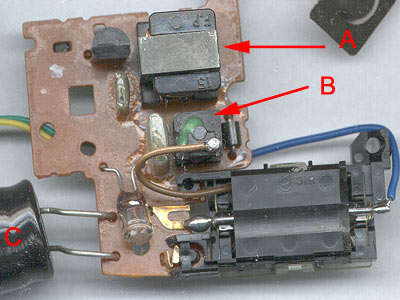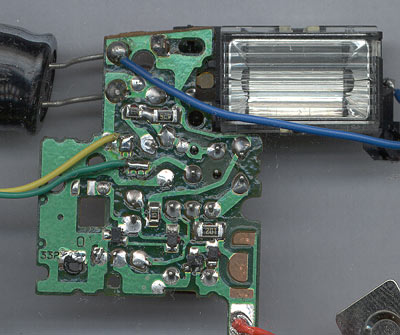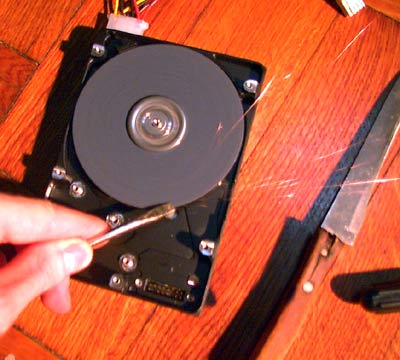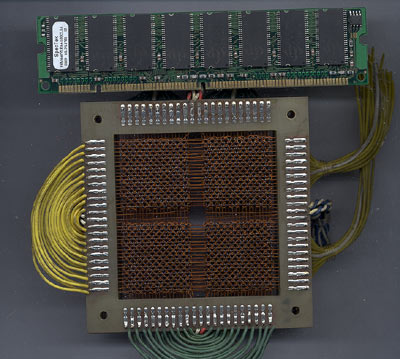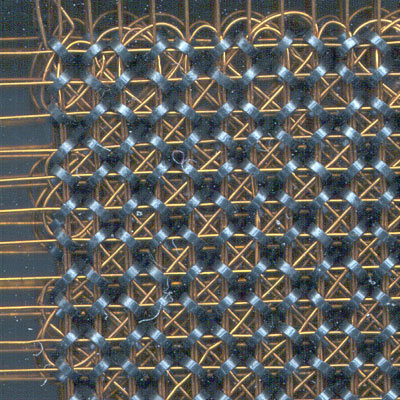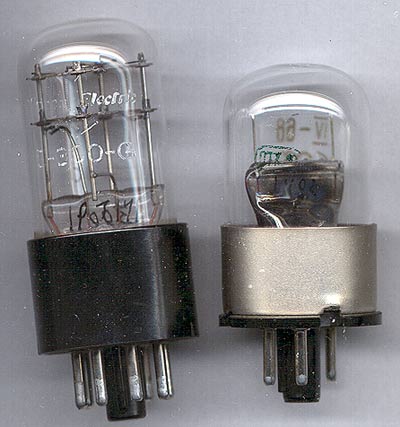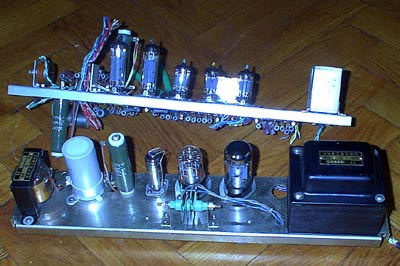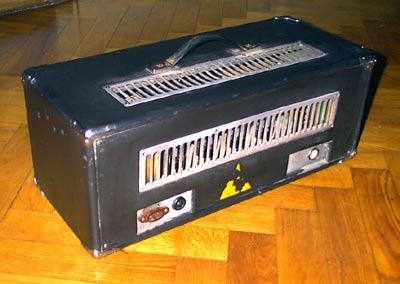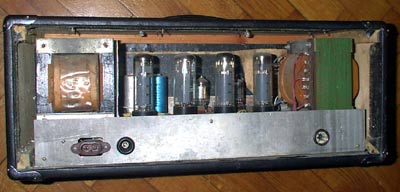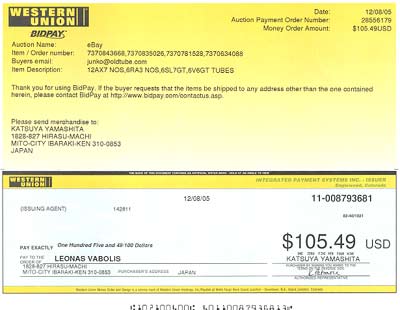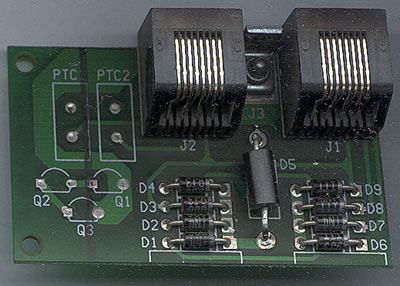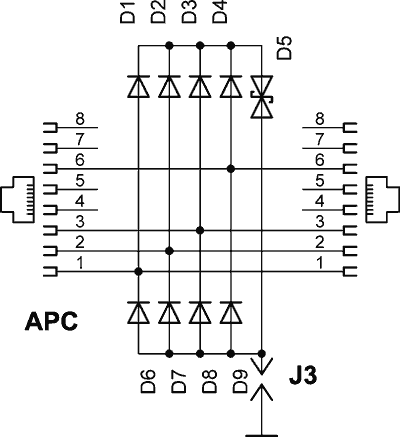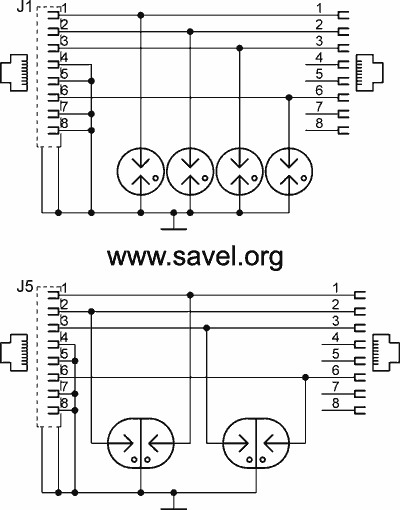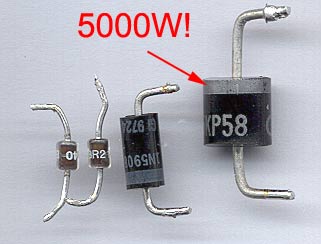In older post I wrote about unified soviet tube audio amplifier. This is from “high class” device. Today, I found the schematics of “highest class”, the HiFi audio device: AM/FM radio, record player. The output is 6W of pure tube power with lowest distortion. This device was manufactured in 1964 and schematics published in popular radio magazine in 1965. With some our days modifications it is possible to build quite cool power amp with quite popular tubes.

The circuit diagram of audio amp for printing
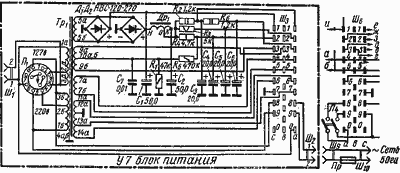
The circuit diagram of power supply for printing
| Number | Winding count | Wire thickness | Core |
|---|---|---|---|
| TR1, TR2 | |||
| 3-4 | 1000 | ПЭЛ 0.14 | Ш20 |
| 4-5 | 300 | ПЭЛ 0.14 | |
| 5-6 | 300 | ПЭЛ 0.14 | |
| 6-7 | 1000 | ПЭЛ 0.14 | |
| 9-1 | 82 | ПЭЛ 0.69 | |
| TR1 POWER (PSU UNIT) | |||
| 1a-3a | 0-458-530 | ПЭЛ 0.64 | TC-135 |
| 1b-3b | 0-458-530 | ПЭЛ 0.64 | |
| 5a-5b | 505x2 | ПЭЛ 0.41 | |
| 7a-7b | 29x2 | ПЭЛ 1.20 | |
| 9a-10a | 14 | ПЭЛ 0.90 | |
| 9b-10b | 14 | ПЭЛ 0.90 | |
| 11a-14a | 0-30-60-100 | ПЭЛ 0.31 | |
| DR1 | |||
| н-о-к | 0-2890-2950 | ПЭЛ 0.16 | Ш16x16, >3.5H |
Tube data:
Л1, Л2, Л3: 6Ð2П, ECC83, 12AX7 (but with heater modification)
Л4, Л5, Л6, Л7: 6П14П, EL84, 6BQ5, 7189A

